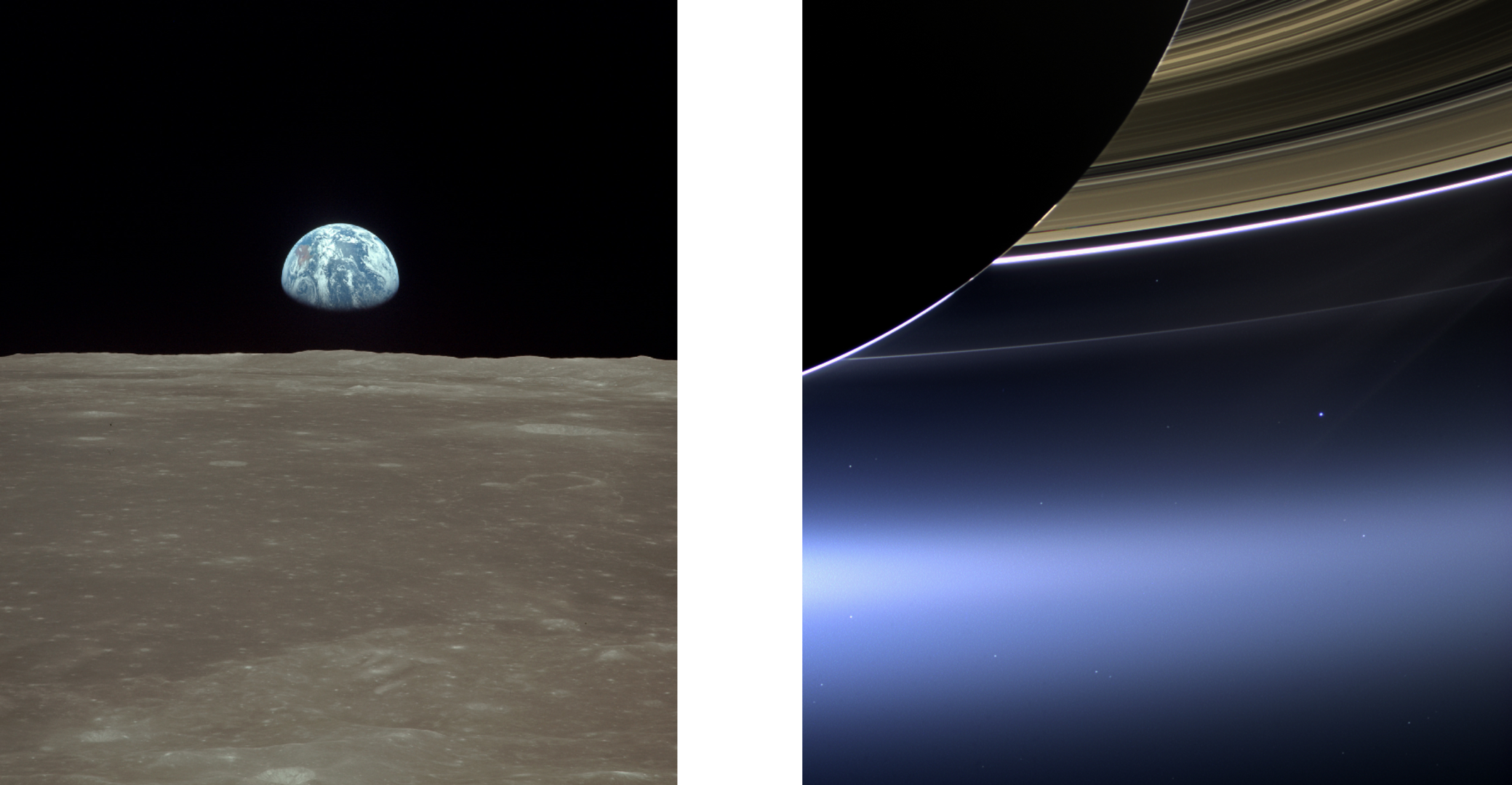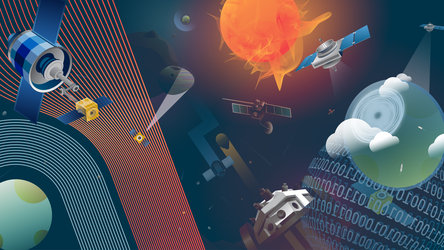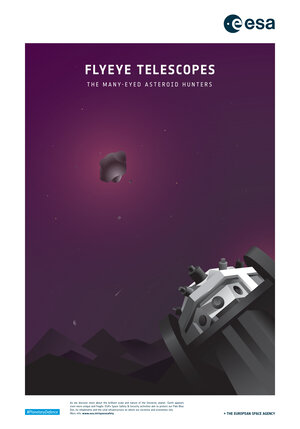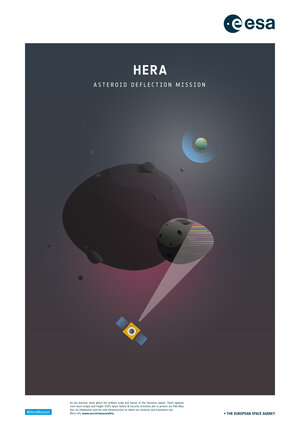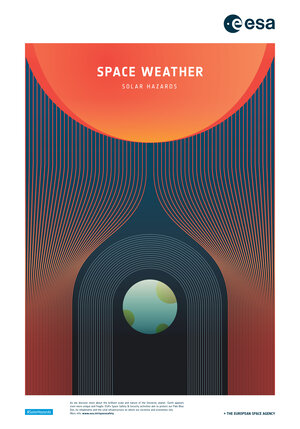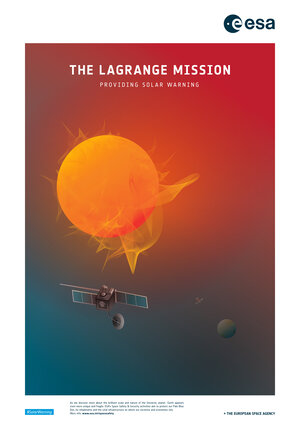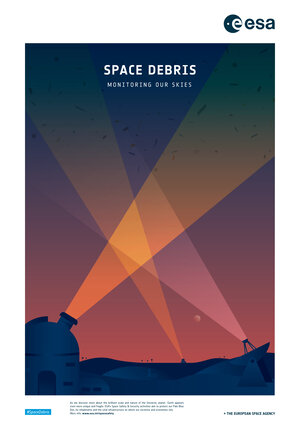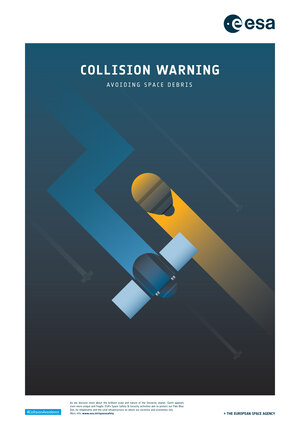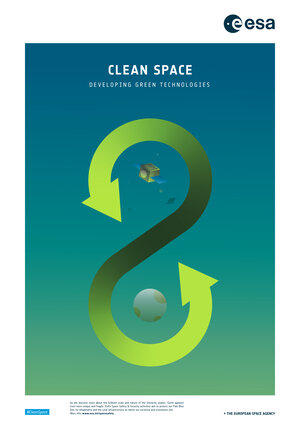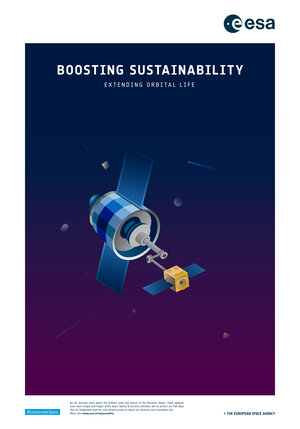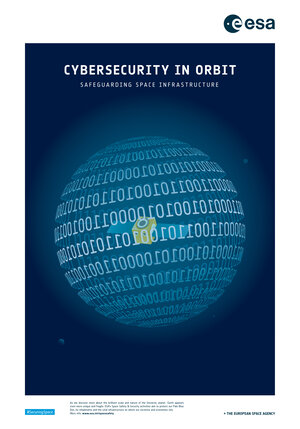Protecting our Pale Blue Dot
Protecting our Pale Blue Dot
It is estimated that 108 billion humans have ever lived. Of those, just a tiny fraction have had the chance to see images like this, of our home, a tiny Pale Blue Dot hanging in the vast blackness of space.
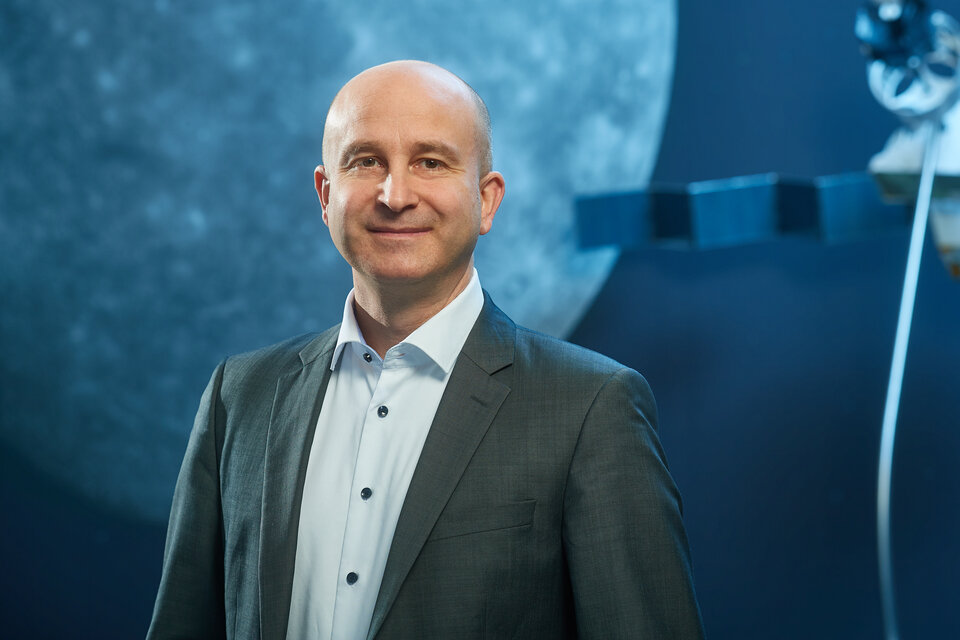
As we discover more about the brilliant scale and nature of the Universe, planet Earth’s blue oceans, green forests and glistening city lights appear even more unique, and even more fragile.
Many hazards have been identified originating in space, which although unlikely, continue to pose real dangers to our way of life, and in the worst cases to human health and safety.
Only in the past decades have we had the opportunity to understand the potential perils of our position in our Solar System, and as technologies continue to advance we are entering a period in which we can actually act.
However, as technologies advance, so too does our dependence on them, making us more vulnerable to both human-made and natural threats in space.
Threats from space

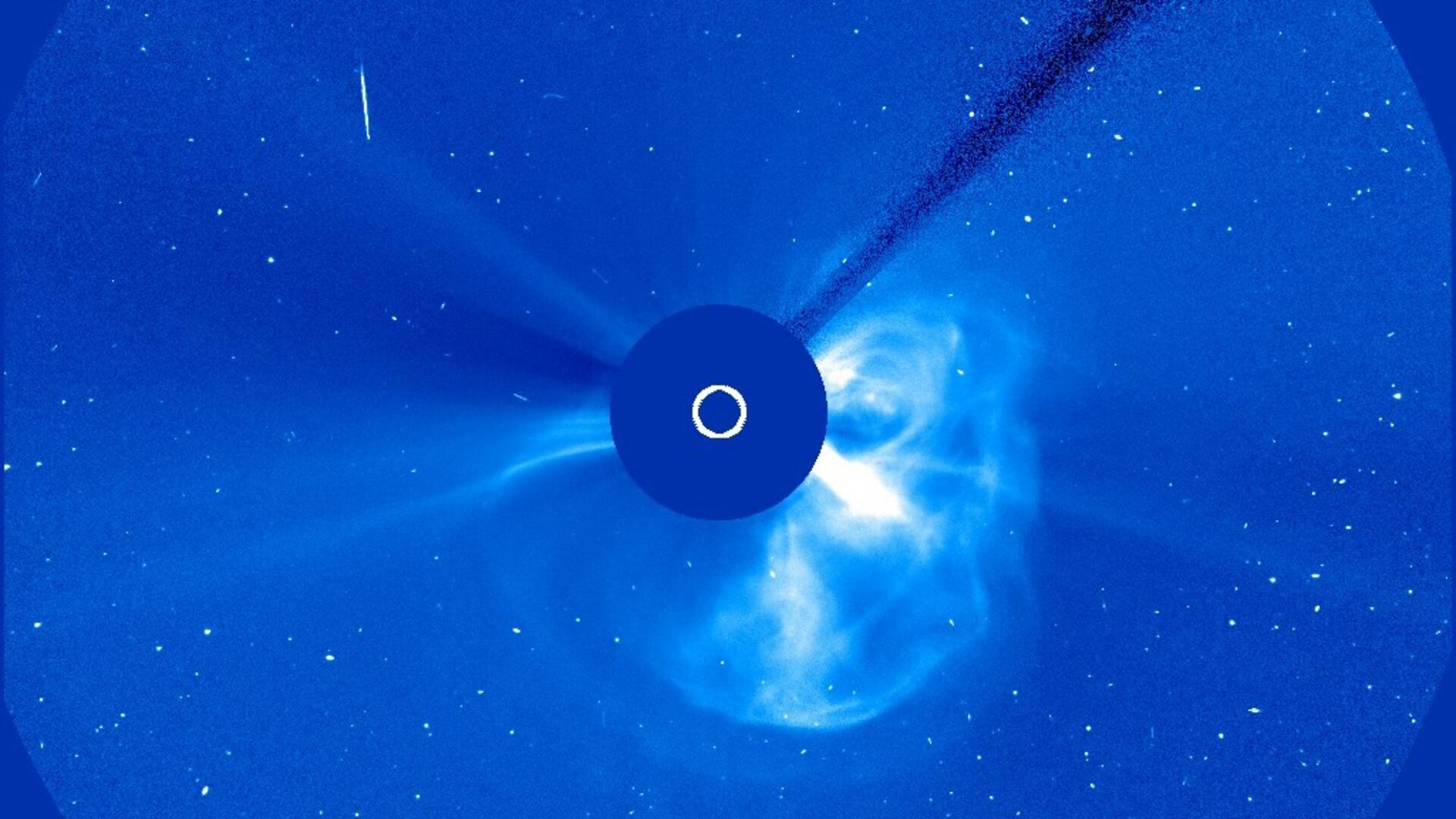
Access the video
Our Sun — a raging star without which life on Earth would be unthinkable, is prone to violent outbursts with the potential to disrupt and damage vital infrastructure on ground and in orbit through unpredictable ‘space weather’.

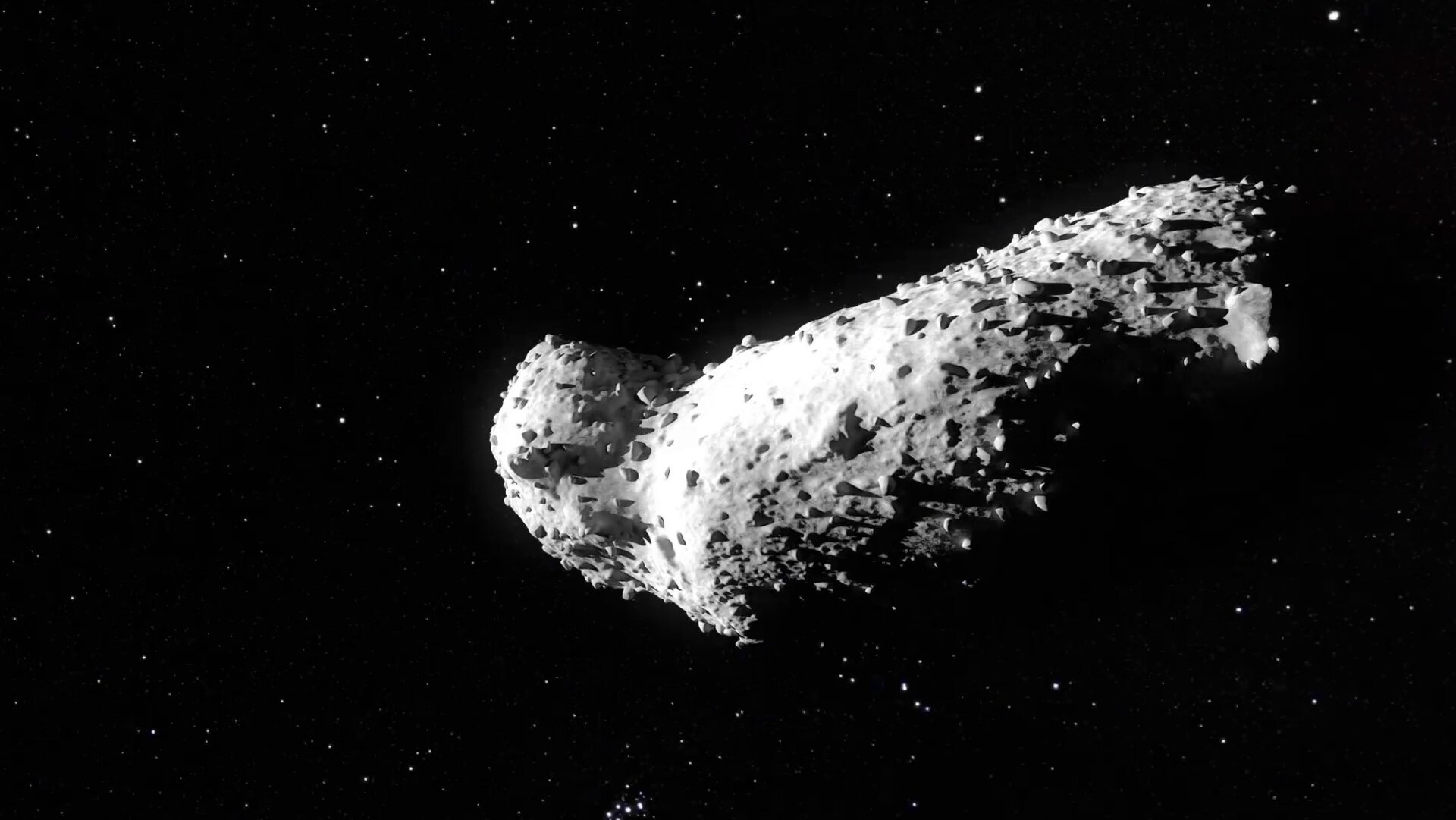
Access the video
Asteroids — ancient space rocks left over from the formation of the Solar System, thought to have brought complex molecules and possibly early life to Earth billions of years ago. Yet a large asteroid striking Earth today would destroy anything in its path, and even medium-sized rocks can create shockwaves that shatter glass, damage or destroy buildings and injure citizens.
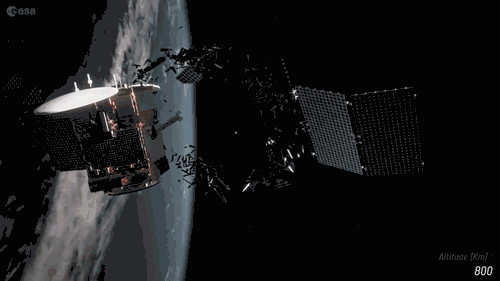
Space debris — currently thousands of satellites are in orbit around Earth, providing vital services to Earth’s billions of inhabitants. However as the number of undisposed satellites and rocket parts in space increases, so does the risk of in-space collisions, explosions, and the negligent creation of debris. If growth continues unhindered, space debris will mean the most useful and economically vital orbital pathways around Earth will become totally unusable.
Global Challenges on Earth
It isn’t just technology that is rapidly evolving. Massive global changes are sweeping across our planet, and they are expected to continue – from natural disasters, food shortages and climate change to demographic shifts and competition over limited resources.
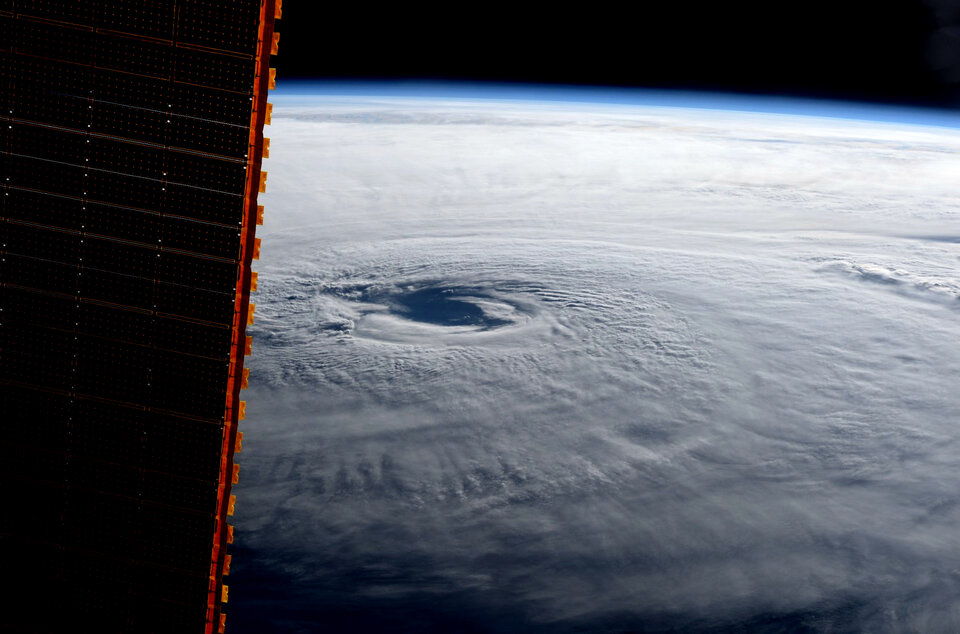
These challenges can be addressed, in part, in space. Reliable information, fast and up-to-date data, applications and secure communication services are of great importance to understanding and reacting to these calamitous shifts, ensuring international coordination and keeping emergency services, national and regional governments and other civil organisations informed, connected and secure.
Because of the important role of space technologies now and in the future, ensuring their safety and security is critical for civil society. This includes not only protecting space infrastructure from space-based hazards, but also understanding the cybersecurity threats from Earth.
In recent examples, ground control systems for a number of NASA satellites were infiltrated and breached, while an ESA ground station experienced a so-called ‘Denial of Service’ (DoS) attack aimed at rendering it unable to relay data. Fortunately no damage was caused by these cyber-attacks, but these and other incidents highlight the importance of ensuring critical space systems do not fall victim to those with evil intent.
From awareness to action
ESA’s technical know-how and unique expertise places it in prime position to lead space safety and security efforts in Europe.
In 2008, ESA’s Ministerial Council formally approved the Agency’s Space Situational Awareness (SSA) Programme. The programme worked to ensure Europe had the independent ability to detect, predict and assess threats from space and their risk to life, property and infrastructure.
This included federating existing European capabilities and developing new technology to detect and track human-made objects in orbit, monitor space weather and look out for potentially hazardous asteroids.
Find out about the SSA story so far.
Mitigation, prevention, protection
In 2019, this incredibly successful programme is evolving from a focus on awareness to a wider emphasis on space safety and security activities, including mitigating and preventing threats from space, protecting our planet, society and economically vital infrastructure on Earth and in orbit.

The Hera mission – In the area of planetary defence, ESA’s ambitious Hera mission to test techniques that one day may be needed to deflect an in-bound asteroid is under active study. Together with a NASA mission, this effort will be humanity’s first visit to a binary asteroid system and will conclusively prove our ability to deflect threatening asteroids.
The Lagrange mission – To keep continuous watch on our active Sun, the Lagrange spacecraft is being developed to provide early warning of potentially dangerous solar activity and feed real-time data into the Agency’s Space Weather Services Network, the world’s most extensive space weather information system.
Active Debris Removal/In-Orbit Servicing – Closer to home, ESA is now studying concepts for a new ‘Swiss army knife’ of a mission that can demonstrate technologies needed for refuelling, servicing, manoeuvring and actively deorbiting commercial satellites, extending their useful lives and sparking off a valuable new business for European industry that will go a long way toward mitigating the generation of new space debris and ensure the sustainable use of space.
An Autonomous Satellite Collision Avoidance System – ESA will use machine learning and artificial intelligence to ensure satellites in space can dodge space debris in a more efficient and effective way. This is vital to today’s missions, but will be even more important with the constellations of satellites planned for the future.
On the ground
ESA will use and share the data provided by these missions through vital networks such as the Space Weather Service Network, with its main centre located at the Royal Observatory of Belgium’s Space Pole in Brussels, and the Near-Earth Object Coordination Centre, at the Agency’s ESRIN centre for Earth observation near Rome.
For ESA, space safety and security means ensuring the protection of European infrastructure in space and on the ground, reducing risks to the services we all rely on in our daily lives, and preventing and mitigating impacts of threats from space.
Find out about ESA’s space safety and security plans for the future.


